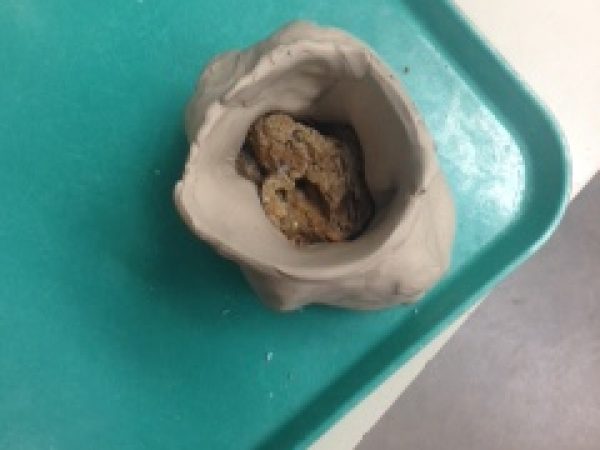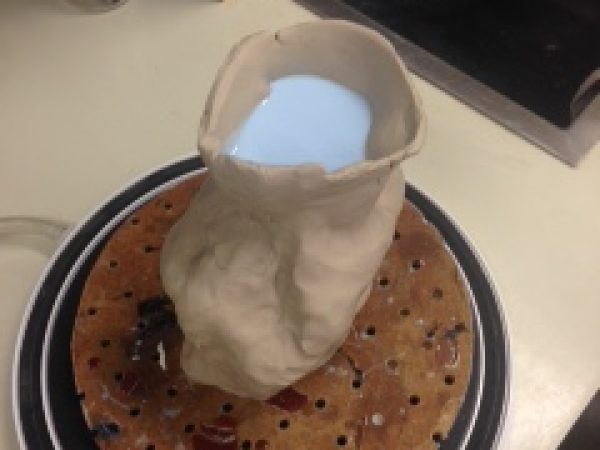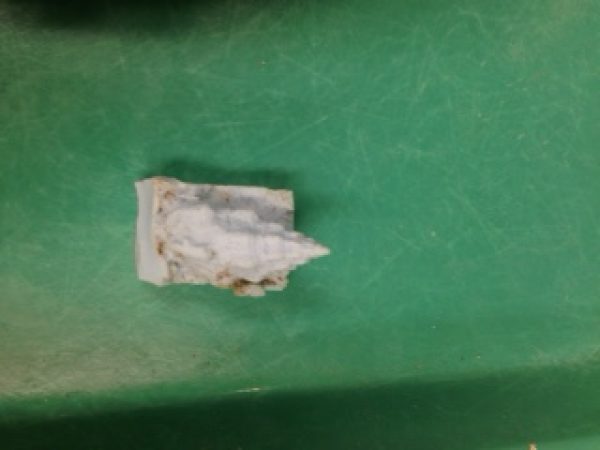Hi my name is Aly Tucker and I am a new intern and I am studying invertebrates. I graduated in May 2015 from UF with a B.S. in Geology and am excited for this opportunity.
During the first week, I prepped a numerous amount of specimens from Panama. I was also able to make a couple of silicone molds of gastropods. Silicone molds are beneficial because they give you a nice image of the specimen and can help accentuate details of the specimen that may be hard to see otherwise.
A brief overview of making a silicone mold starts with prepping the specimen and to make sure the internal mold is clean. Then I surrounded the specimen with clay, leaving a nice dam. I used a Room Temperature Vulcanizing silicone compound which is mixed in two parts, a base and a catalyst. This is done at a 10:1 ratio, respectively. After, I stirred the mixture thoroughly making sure there was a nice even color throughout then I put the mixture in a vacuum chamber in order to remove trapped air from the mixture. Following, I poured the mixture into the specimen slowly (to keep air from entering) and again put it in the vacuum chamber. The rest is a waiting game. Once the silicone has dried (let sit overnight) you slowly and carefully remove the silicone from the specimen!


